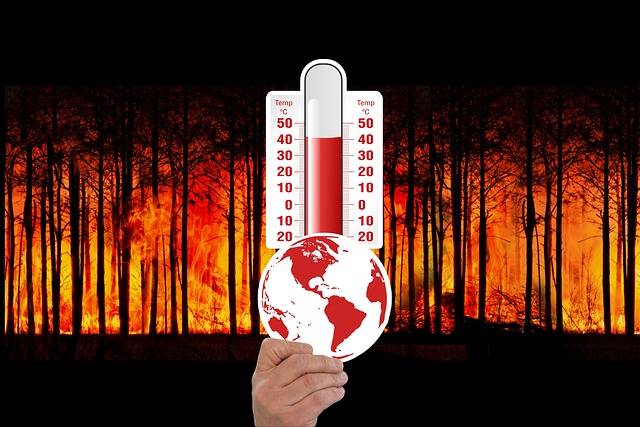Fighting Climate Change How Scientists are Harnessing AI to Combat Global Warming


Climate change is an urgent global crisis that requires immediate action. As temperatures rise and extreme weather events become more frequent, scientists are turning to innovative technologies to combat the effects of global warming. One of the most exciting developments in this field is the use of artificial intelligence (AI) to analyze data, model climate scenarios, and develop strategies for reducing carbon emissions.
The Role of AI in Climate Science

AI, a branch of computer science that simulates human intelligence in machines, has the potential to revolutionize the way we understand and address climate change. By processing vast amounts of data more quickly and efficiently than traditional methods, AI can help scientists identify trends and patterns that would be impossible to detect with the naked eye.
For example, AI algorithms can analyze satellite images to track changes in the Earth’s climate over time, such as melting ice caps or deforestation. This data can then be used to predict future trends and inform policy decisions aimed at mitigating the effects of global warming.
AI in Action: Monitoring Carbon Emissions
One of the most pressing challenges in the fight against climate change is reducing carbon emissions, which are the primary driver of global warming. AI technology is being used to monitor and analyze carbon emissions from various sources, such as power plants, factories, and vehicles.
For instance, researchers at Stanford University have developed a machine learning model that can estimate carbon dioxide emissions from power plants using satellite data. By tracking these emissions in real-time, scientists can identify sources of pollution and develop strategies for reducing carbon output.
AI for Renewable Energy
Another way AI is being used to combat climate change is through the development of renewable energy sources. By analyzing weather patterns and energy consumption data, AI algorithms can optimize the production and distribution of renewable energy, such as solar and wind power.
In fact, a team of researchers at the National Renewable Energy Laboratory in the US used AI to increase the efficiency of solar panels by 15%. By adjusting the angle of the panels based on weather conditions and energy demand, the researchers were able to generate more electricity and reduce carbon emissions.
The Future of AI in Climate Science
While the use of AI in climate science is still in its early stages, the potential applications of this technology are vast. As researchers continue to develop and refine AI algorithms, we can expect to see even more innovative solutions for combatting global warming and protecting the environment.
By harnessing the power of AI to analyze data, model climate scenarios, and develop strategies for reducing carbon emissions, scientists are paving the way for a more sustainable future. With continued research and investment in AI technology, we can work towards mitigating the effects of climate change and creating a healthier planet for future generations.
